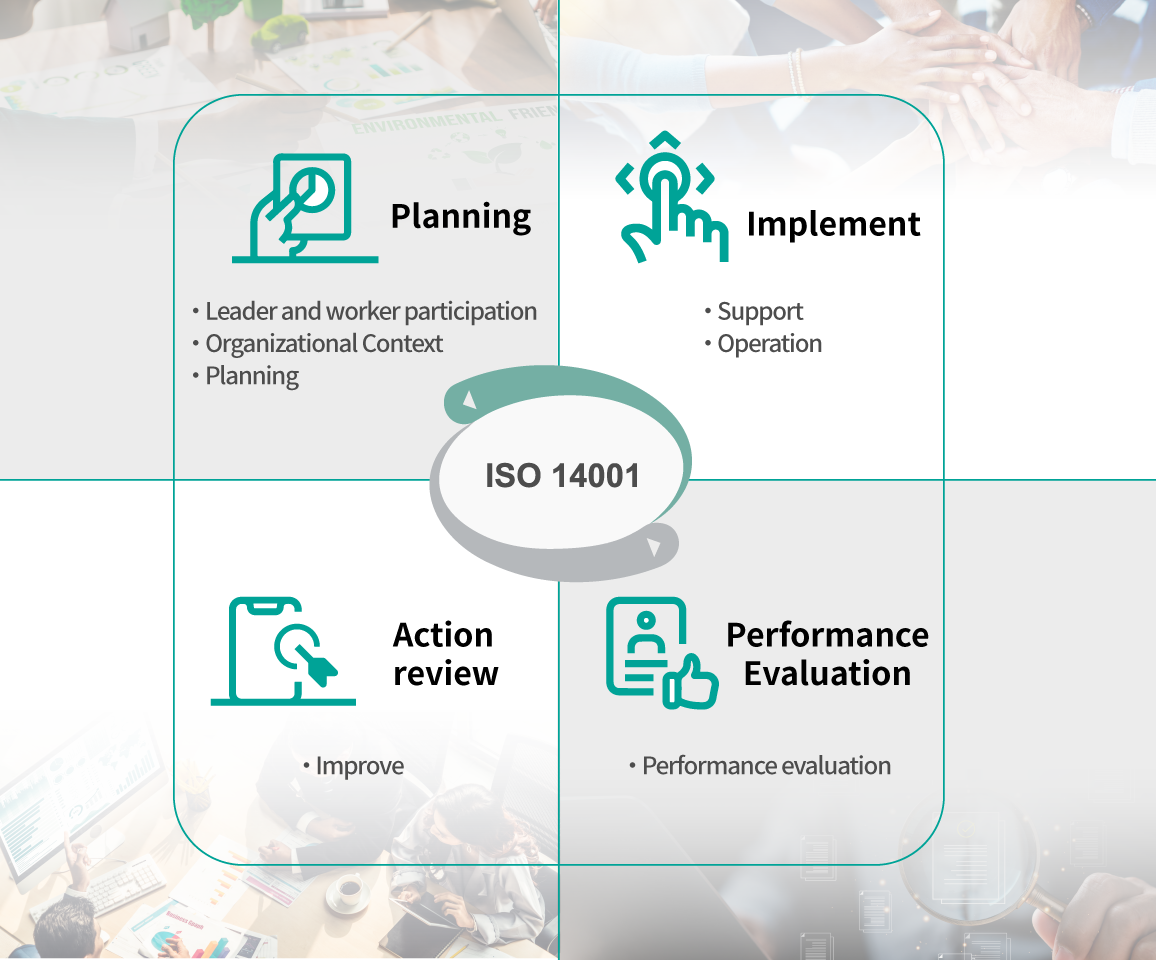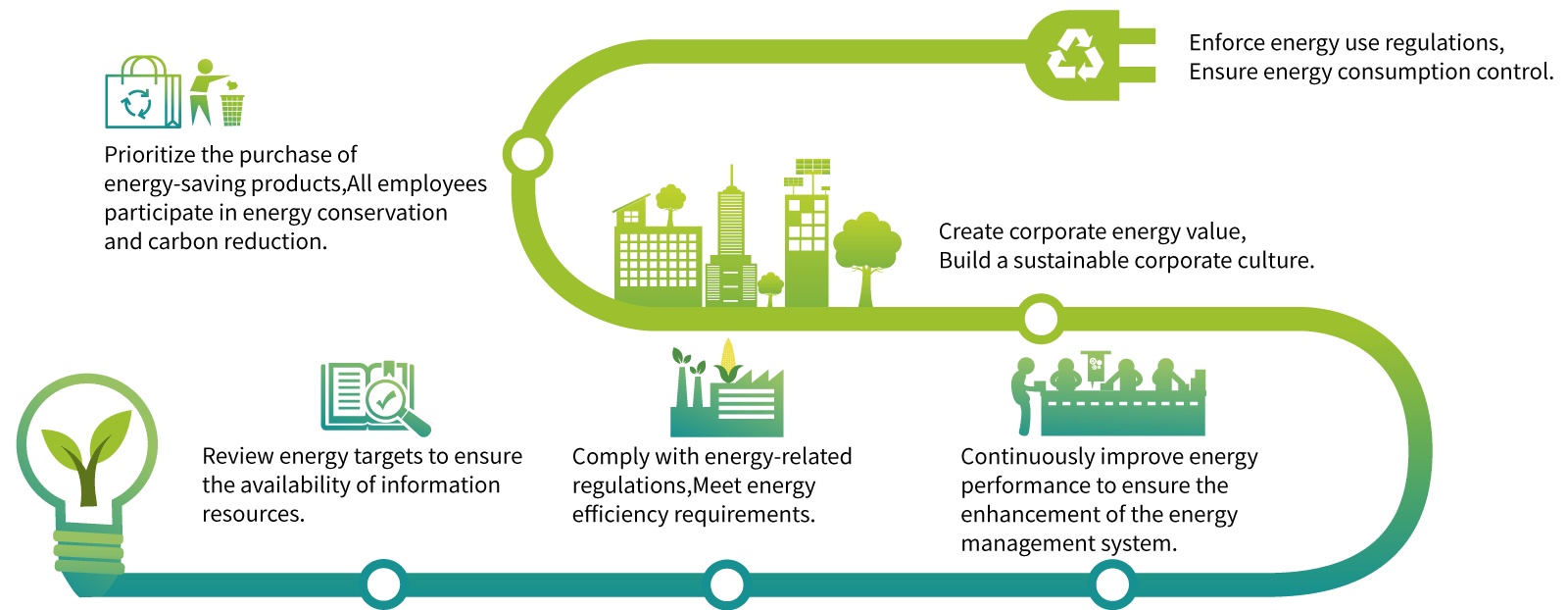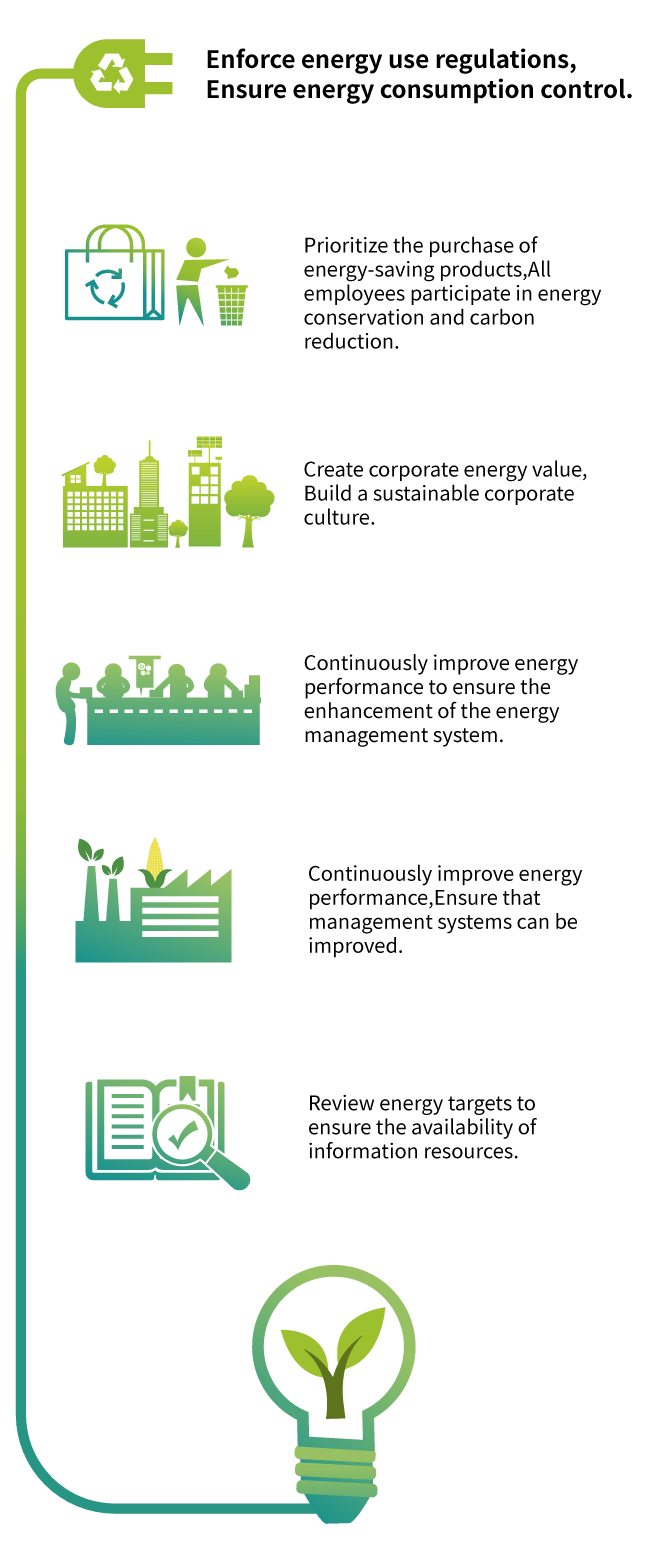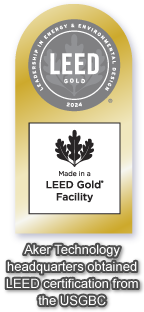Sustainable Environment
Environmental management currently includes three projects: energy management, water resources management, and waste management.


In a world with limited environmental resources, Aker actively promotes the international standard ISO 50001 Energy Management System. Here are our commitments:


| Indicators | 2021 | 2022 | 2023 | unit |
|---|---|---|---|---|
| Direct energy consumption | 4,189 | 4,447.53 | 4,924.74 | liter |
| Indirect energy consumption | 4,906,800 | 4,993,200 | 4,871,500 | Spend |
| Total energy consumption | 17,801.0414 | 18,120.5095 | 17,697.9437 | GJ |
| Energy intensity | 29.6280 | 25.1827 | 38.0345 | GJ/million revenue |
In addition to understanding energy consumption, Aker is committed to the environment by implementing energy-saving solutions. Currently, the focus is on replacing old equipment. We calculate the energy consumption of outdated equipment, then compare the energy usage of new equipment from different brands to determine the energy-saving rate and decide which new equipment to replace.
Through the leadership and commitment of Aker is senior management, we have established the ISO 50001 energy management policy. With quantifiable goals, comprehensive action plans, and effective communication with all employees about energy management, we aim to make steady progress on the path to sustainable operations
In the manufacturing of quartz components, clean water resources are required for the initial cleaning process. The water resources used at the AnQi plant come from both the Fengyuan Water Plant under the Shigang Dam and groundwater wells from the Tanzi Science Park. Neither water source is classified as part of a national nature reserve, thus they do not come from sensitive water bodies.
The table below shows the water resource usage of the Tanzi parent company from 2021 to 2023. The total water intake includes both tap water and groundwater, while the total water discharge refers to the amount of water discharged into the park's wastewater treatment facility after internal pretreatment (excluding domestic sewage from the plant). The water consumption is calculated according to the GRI 303: Water and Effluents guidelines, which is the total intake minus the total discharge. In 2023, to improve the water quality for production lines, the CEDI ultrapure water
26.0977 metric tons/million pieces
21.8341 metric tons/million pieces
44.7892 metric tons/million pieces
Aker implements waste reduction measures across industrial waste, domestic waste, and wastewater discharge. For industrial and domestic waste, designated temporary storage areas are established within the facility, and certified domestic waste disposal companies are contracted to assist with removal. Wastewater discharge is managed through the wastewater treatment plant within the industrial park.
In line with the principles of waste reduction and recycling, Aker has established a waste management policy and processing procedures, outlined as follows:






